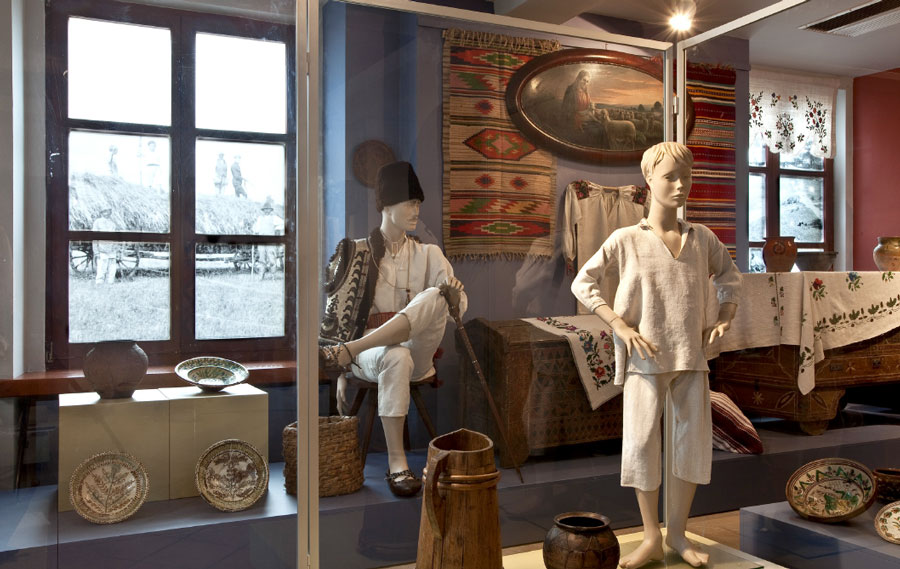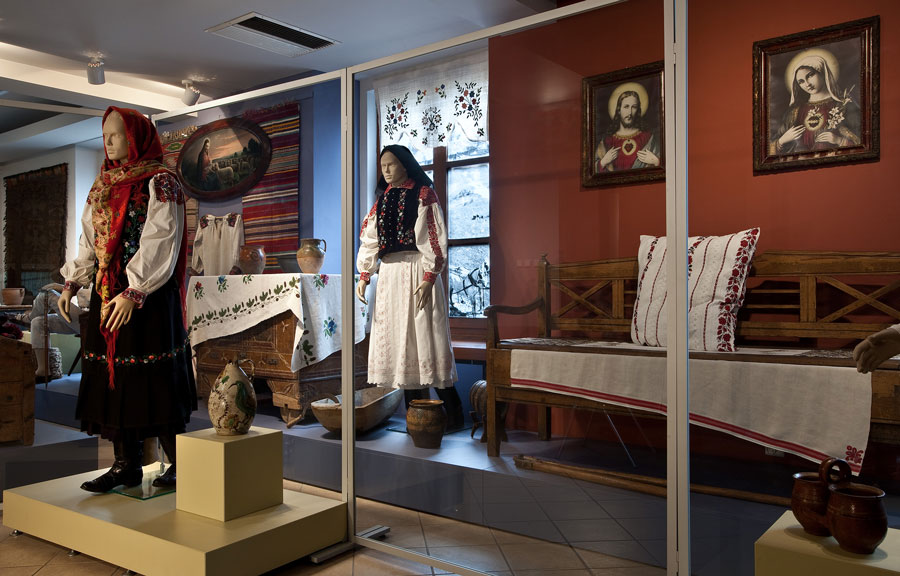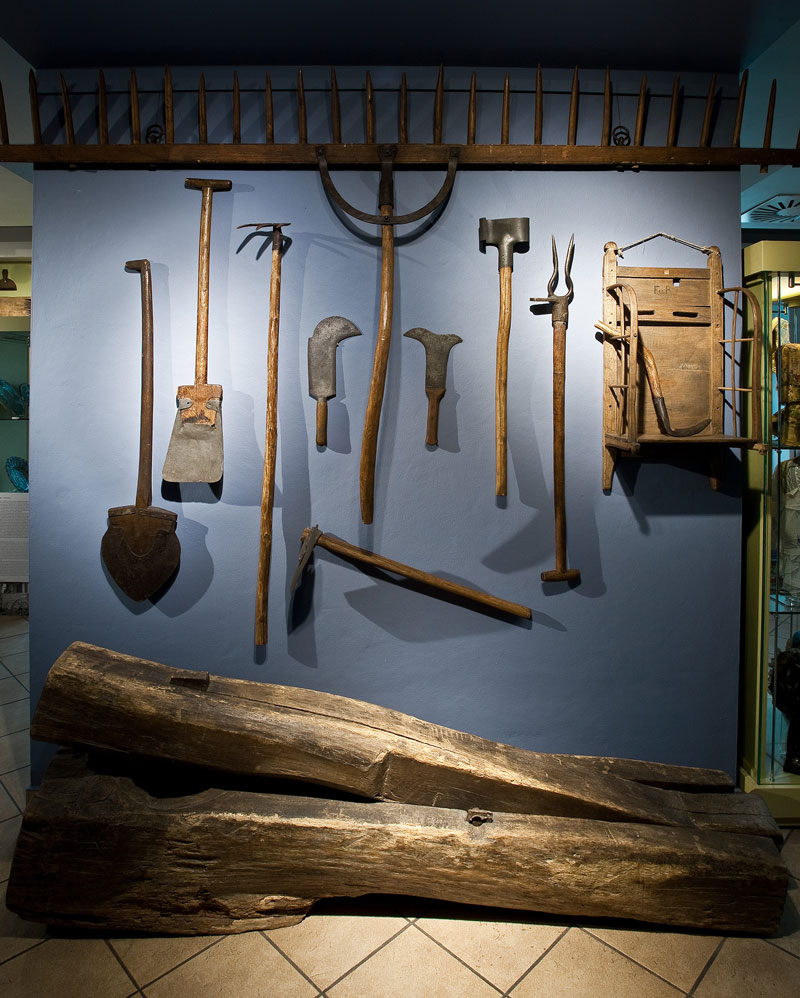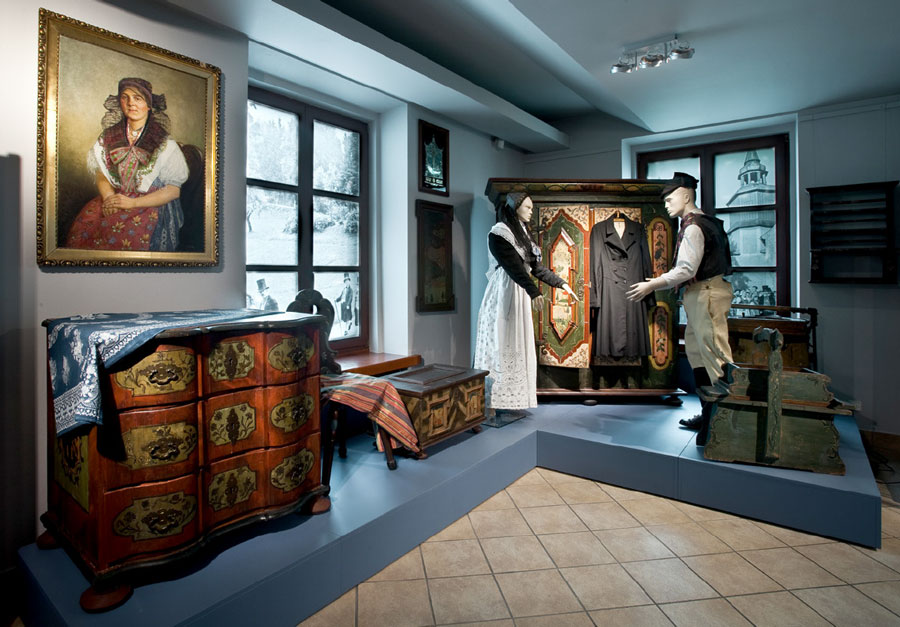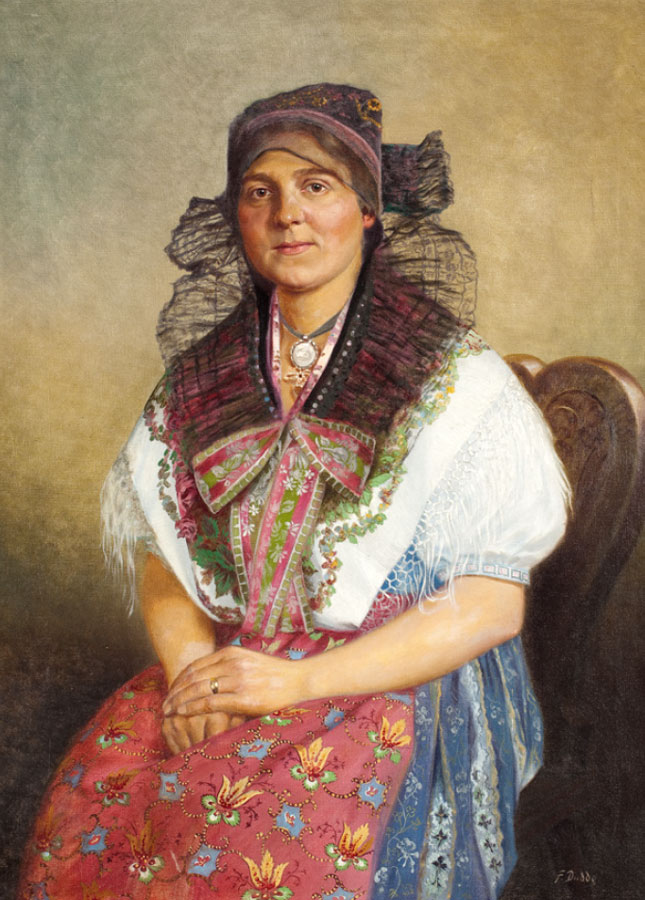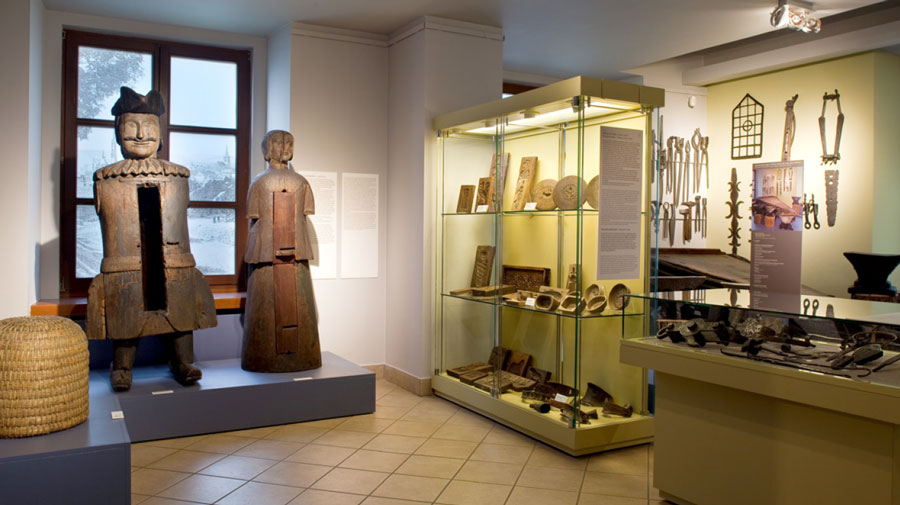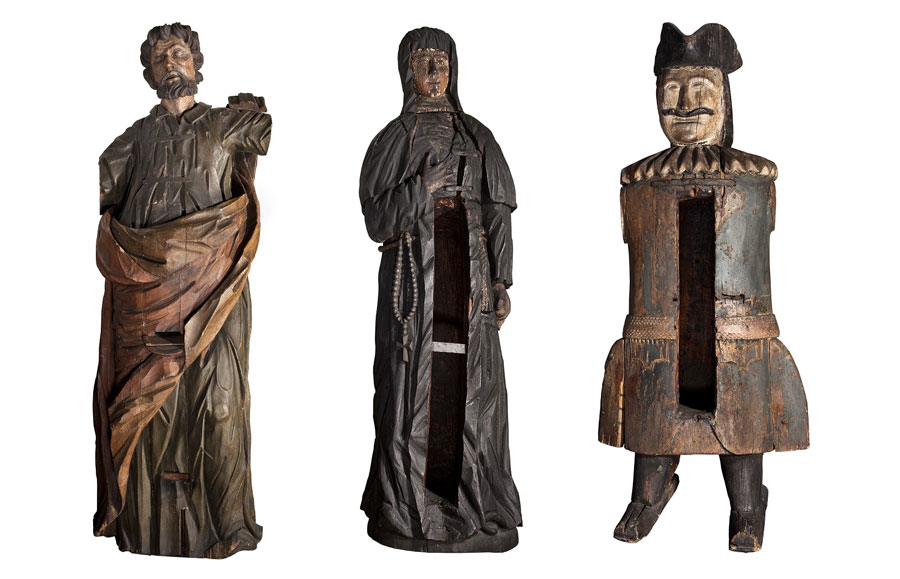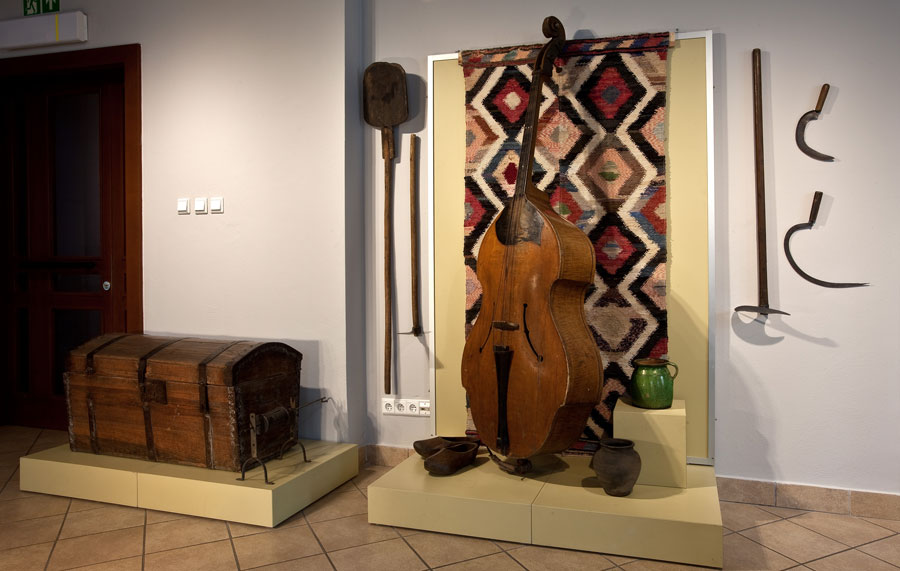The Ethnographic Museum in Wrocław, the only one of its kind in Lower Silesia, aims at providing a complete ethnographic documentation of the region, its description and acknowledgement of its cultural changeability. The uniqueness of the Museum stems from its localization in the multicultural trans-border region, which after the Second World War was subject to a particular social process of the almost complete replacement of the existing population as decided at the conferences in Yalta and Potsdam.
The collection of 20 thousand artefacts documenting life of rural Lower Silesia during the past 300 years reflects the culture of both its previous inhabitants and the post-war arrivals, and is an excellent source for historical and cultural research, especially on the perceptions of the migrating populations and their vision of life outside their familiar territory.
Rescuing many objects from the historical collections of Lower Silesia dispersed after the war and adding those remaining in situ has led to the excellent present-day display of painted furniture, paintings on glass, sculpture, figurative beehives, gingerbread moulds and regional bonnets. The research conducted at the same time recorded the regional and ethnic diversification of the post-war settlement, observing and analyzing the processes of adaptation into the new cultural habitat. At the same time the museum collection and documentation preserve also the culture of communities either absent from other Polish museums or sparsely represented in just a few of them.
The newly created permanent exhibition of the Ethnographic Museum, housed in the first-floor rooms, is heralded by the main entrance next to the ex-ballroom on the ground floor, by a set of figurative beehives Apostles from Dworek near Lwówek Śląski.
All the 13 figures, one partially preserved, are excellent examples of monumental folk sculpture, the seven on the ground floor: Archdeacon (Aaron), Simeon with Baby Jesus, Apostle (St Peter), Apostle (St Paul?), Newlyweds, Nunn (St Kinga?), Moses, and the other three on the first floor: Guardsman and two Matrons.
Figurative beehives existed before the Second World War in many localities in Lower Silesia, yet the set belonging to the family of a well-known local bee-keeper Gottfried Überschaer (1750–1830) was considered particularly interesting and featured in many, even foreign, publications as a tourist attraction.
Its fame spread beyond Silesia, and was further augmented after surviving the fighting around Dworek in 1813. During the three days of French occupation of the village (some sources blamed the destruction on Prussian, French or Russian forces) 25 to 50 ‘skep’ beehives were burnt, others looted or damaged, while the set of Apostles remained unscathed.
The Lower Silesian identity has been shaped amongst the pre-war and post-war traditions. Those who arrived – with their set habits and previously acquired skills, as well as their view of the world – had to find their way in those changed surroundings, often absolutely incomparable to the old ones. In order to help with maintaining their identity the entire villages were moved together; such collective resettling in Lower Silesia was often typical for the populations from the previously Polish Eastern Borderlands and those re-emigrating from abroad.
The settlers who arrived after the Second World War, even if completely integrated into their cultural environment, in some way still see themselves as the citizens of the spiritual homeland left behind. The generations born in Lower Silesia are still somehow torn between the cultural traditions of their families and the pre-war heritage of this region. The youngest often reject thinking about tradition, instead identifying themselves with the models from the mass culture. Undoubtedly, despite continuing generational exchange, the community of Lower Silesia has not become homogenous. We usually describe it as a particular “community of the communities”, and the region itself – with such a great potential of cultural diversity – as the place of bridges between cultures.
